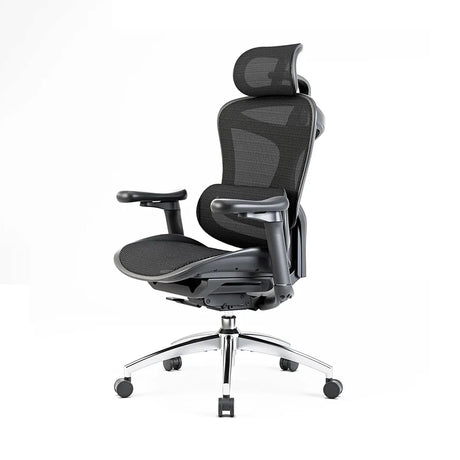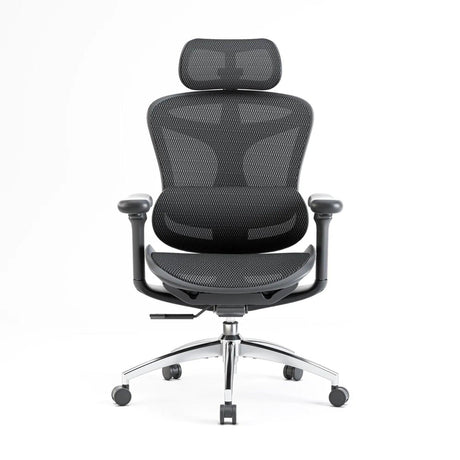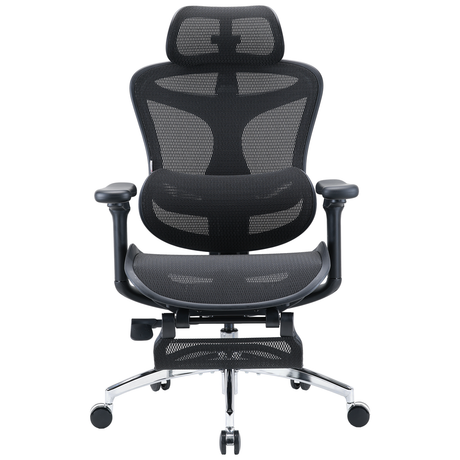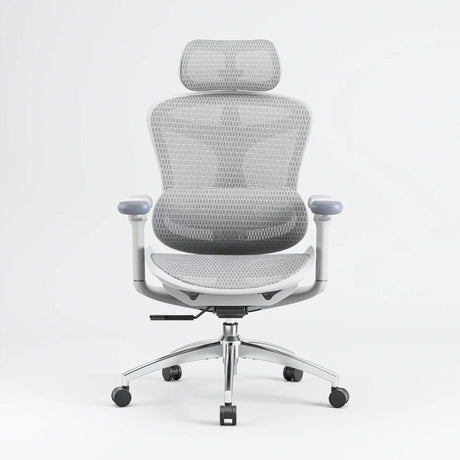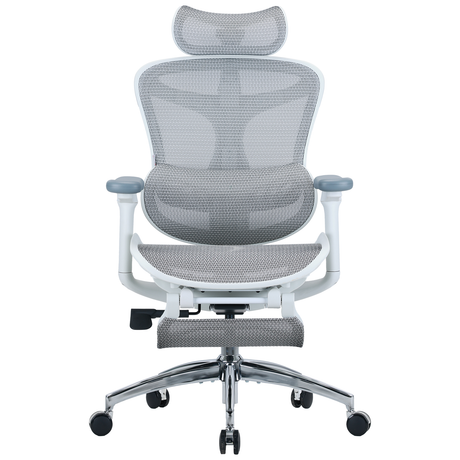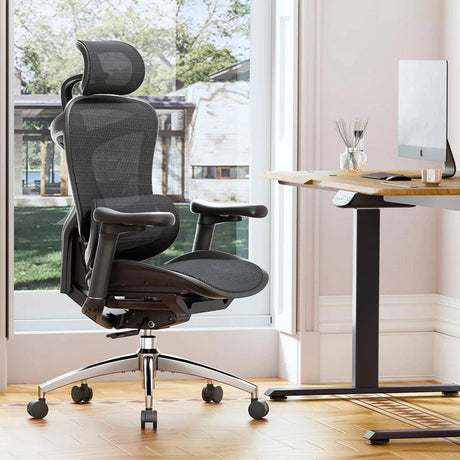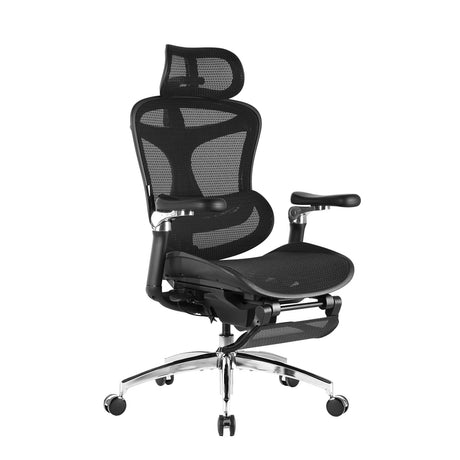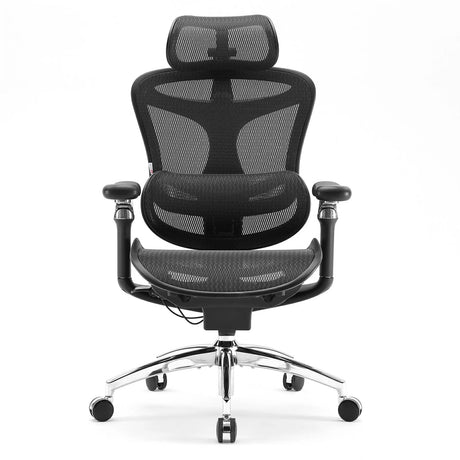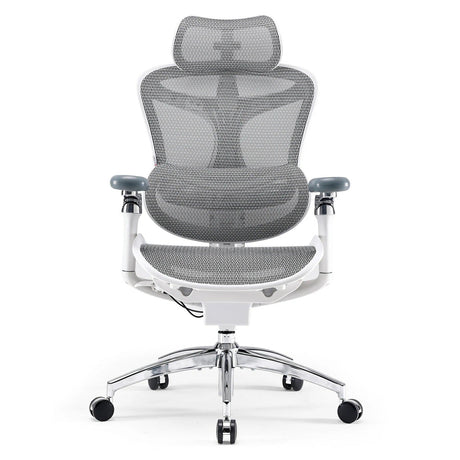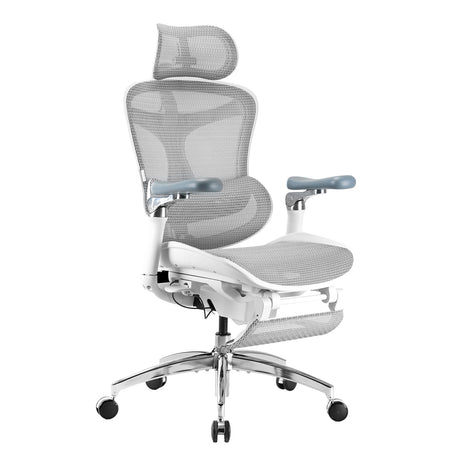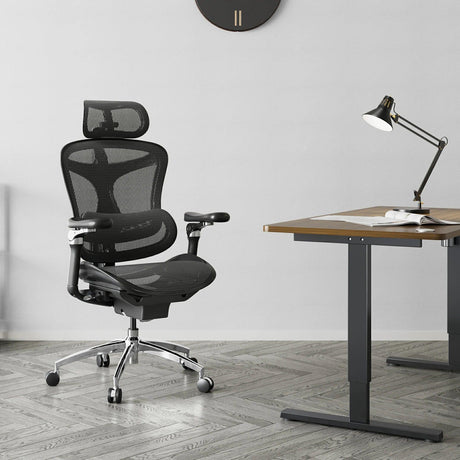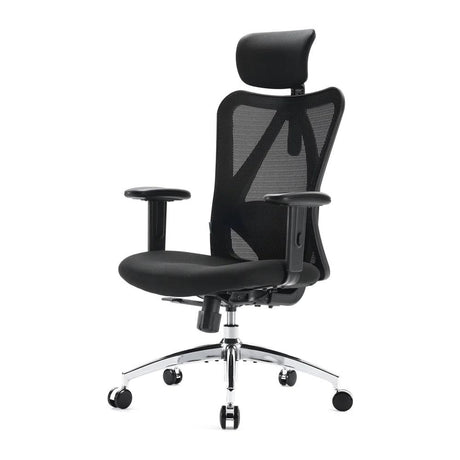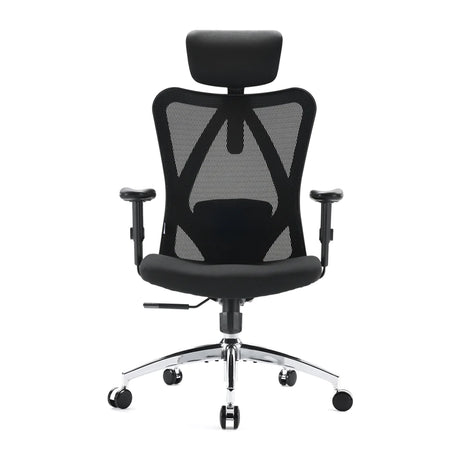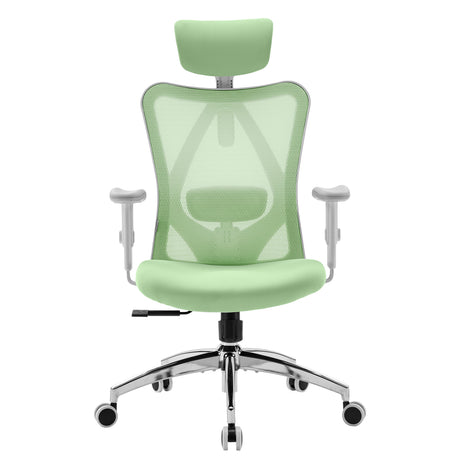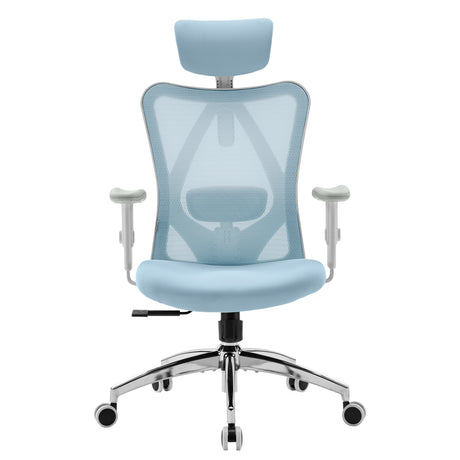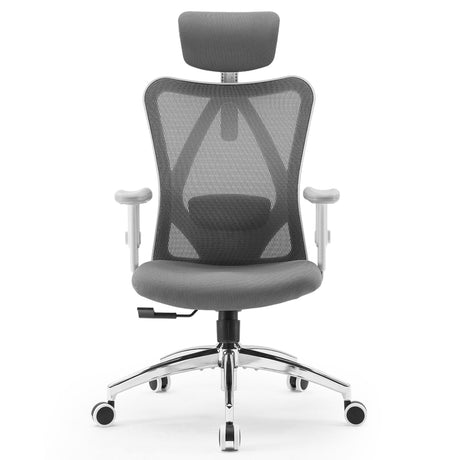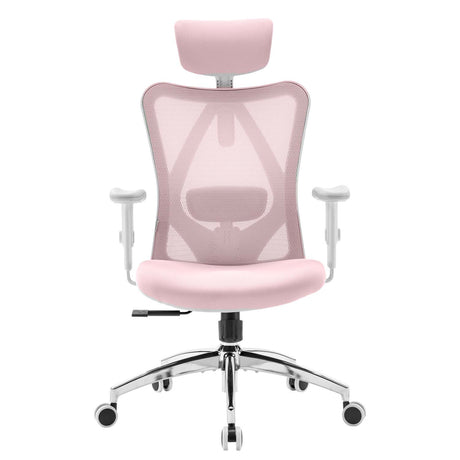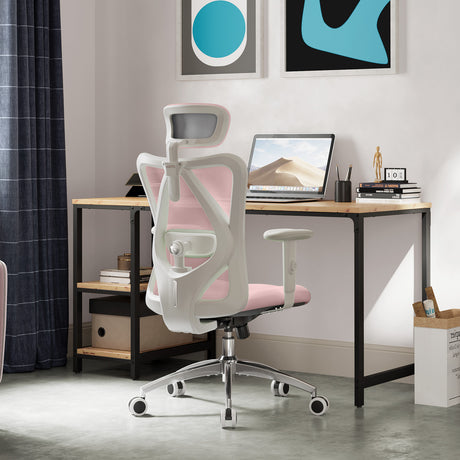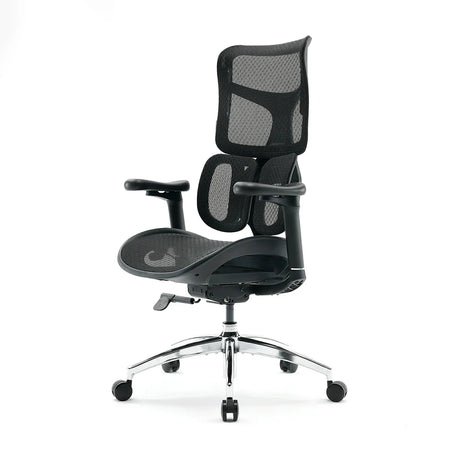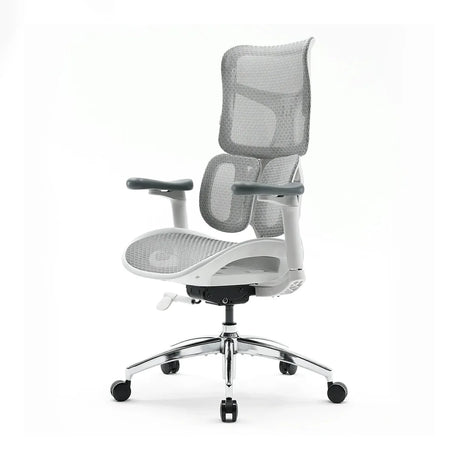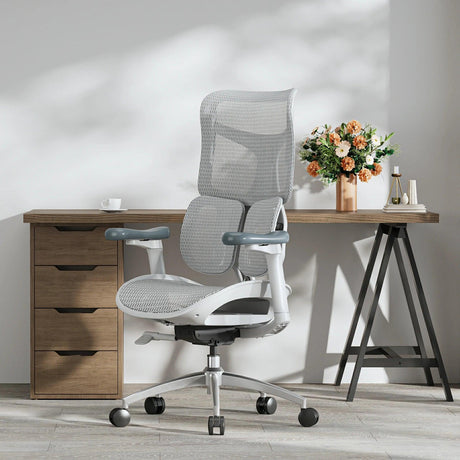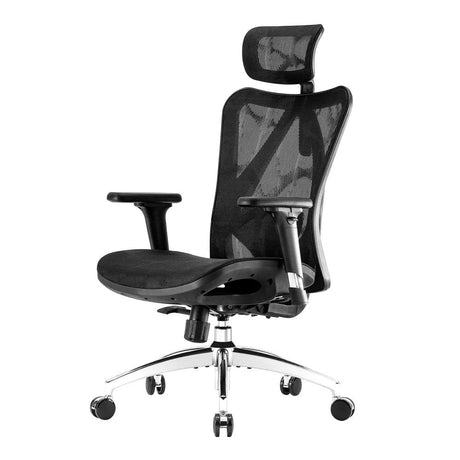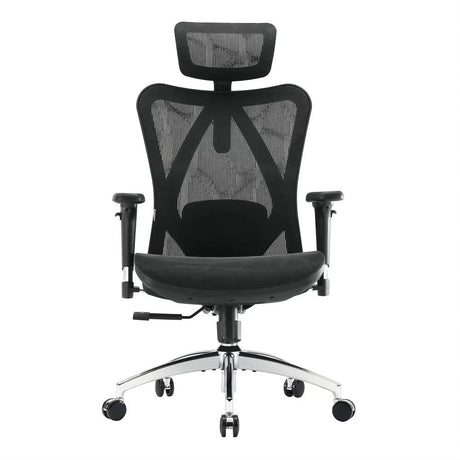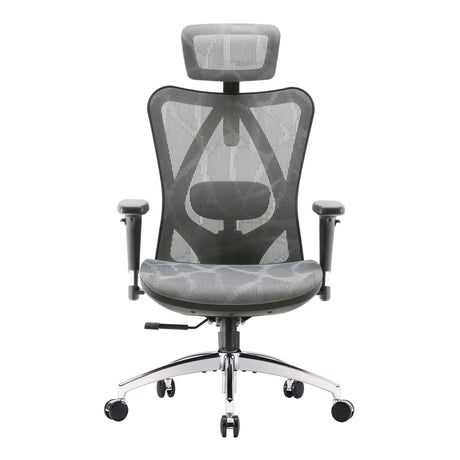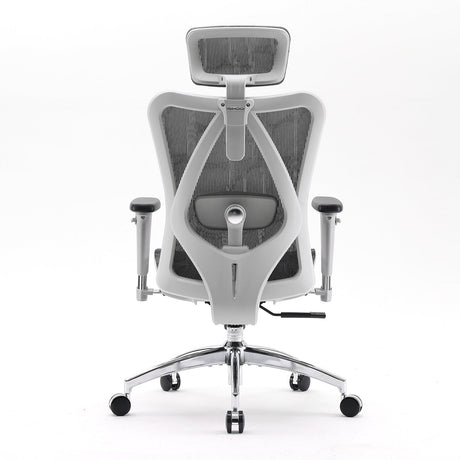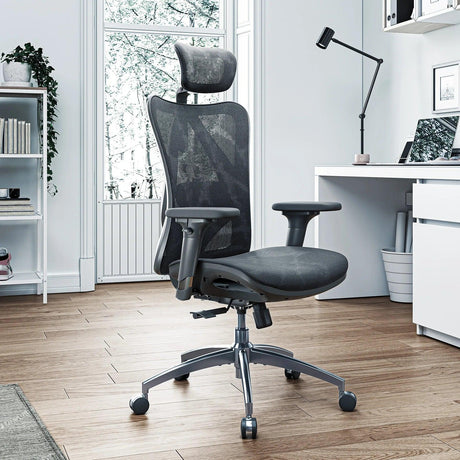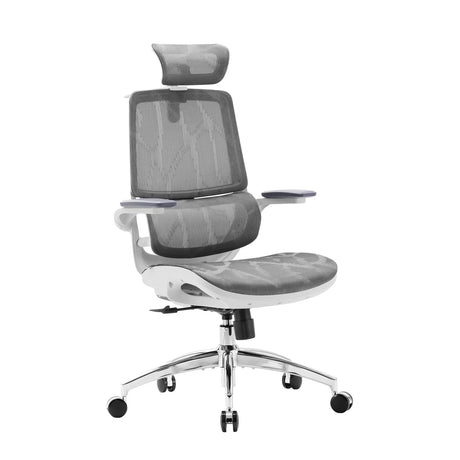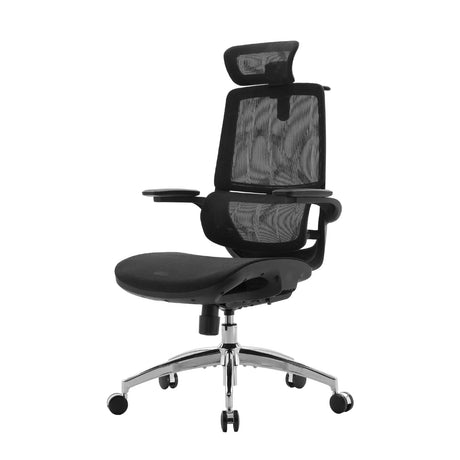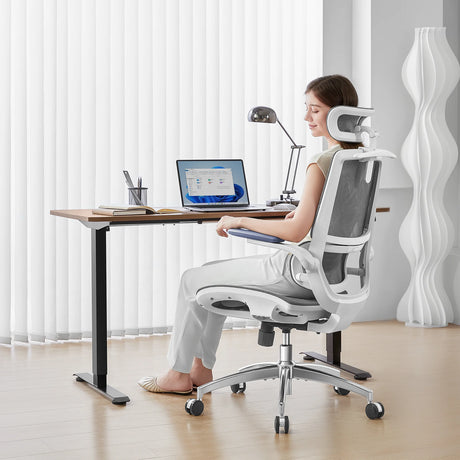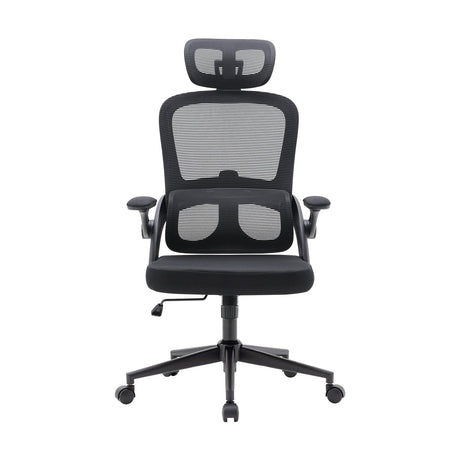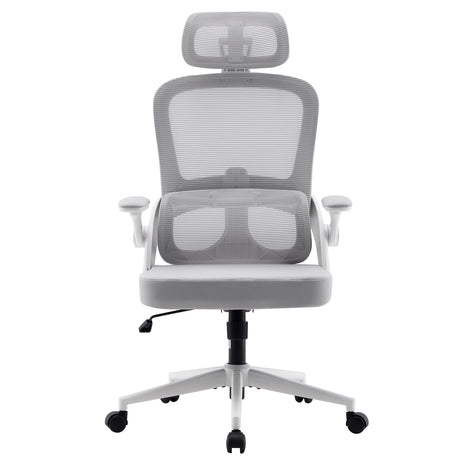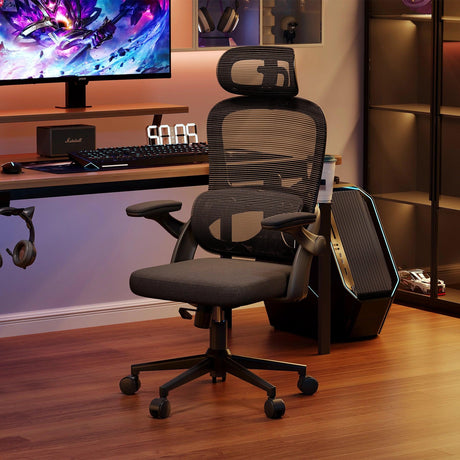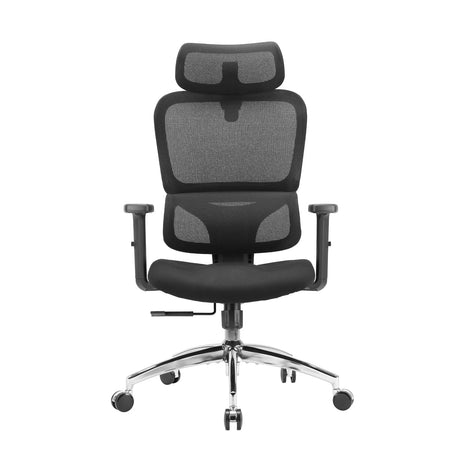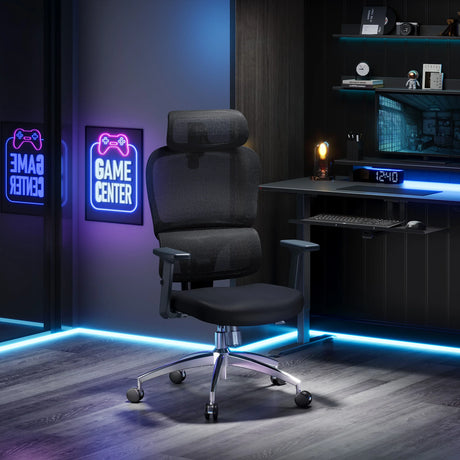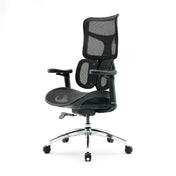When we sit in an office chair for long hours, we don’t often think about the individual parts that make up this essential piece of furniture. We’re more focused on comfort, support, and the chair’s overall functionality. However, have you ever wondered what the bottom of an office chair is called? It’s a small detail, but it’s important to know if you ever need to fix or replace any parts of your chair.
Let’s break down the various components and specifically focus on the bottom portion of the chair.
The Base: The Bottom of Your Office Chair
The most common term for the bottom of an office chair is simply the base. This is the part that sits on the floor and supports the rest of the chair’s structure. The base usually consists of a sturdy material like plastic or metal and often has five casters (wheels) attached to it. These wheels allow the chair to move smoothly across the floor, providing flexibility and ease of movement, whether you're rolling across a desk or reaching for something across the room.
Parts of the Chair Base
-
Caster Wheels
The caster wheels are typically made of rubber or plastic and provide mobility to the chair. The wheels help to distribute weight evenly and reduce friction when moving. These are often found on the five spokes that radiate from the center of the base, though some chairs may have fewer or more wheels. -
Gas Lift Mechanism
The gas lift, also known as the pneumatic height adjustment, is housed within the base. It’s the component responsible for allowing you to adjust the height of the chair by using a lever under the seat. The gas lift relies on compressed air to either raise or lower the seat, depending on how much pressure you apply to the lever. -
Spokes or Legs
These are the arms that extend out from the center of the base, typically radiating in a star-like shape. Most office chairs have five spokes, but some chairs may have four, particularly swivel chairs or task chairs designed for more compact spaces. -
Center Column
The center column is the vertical shaft that connects the seat of the chair to the base. This part houses the gas lift and provides support for the entire structure of the chair. When you adjust the height of the chair, the center column moves up or down.

Why the Base Matters for Comfort and Functionality
While the base may seem like just a simple part of the chair, its design and material have a significant impact on comfort and stability. For instance, a well-designed base with quality caster wheels allows for smooth, easy movement and prevents strain on your legs and back. The base also plays a crucial role in the stability of the chair. A larger base can prevent tipping, while a smaller base may be ideal for lightweight, more mobile office chairs.
Additionally, some office chairs are equipped with a tilt mechanism in the base that allows you to recline or lock your seat at different angles, providing better posture support and reducing stress on the lower back.
What Happens if the Base Breaks?
Over time, the base of an office chair can wear out, especially if it’s subjected to heavy use. The caster wheels may become stuck or broken, the gas lift could lose its ability to hold the chair's height, or the base itself could crack. If any of these issues occur, it’s often possible to replace the damaged part. Many office chair manufacturers sell replacement parts for the base and wheels, so if you notice any wear and tear, you may not need to buy a completely new chair.
Final Thoughts
The bottom of your office chair—more commonly known as the base—is a vital component that provides stability, mobility, and support. Whether you’re working at a desk, attending meetings, or collaborating with colleagues, the base of your chair ensures comfort and ease of movement. So, next time you sit down, remember to appreciate the unsung hero of your workspace!
If you’re looking for a new office chair or need to replace parts of your current one, keep an eye on the design and materials of the base. A well-built base can make all the difference in your comfort and overall work experience.

